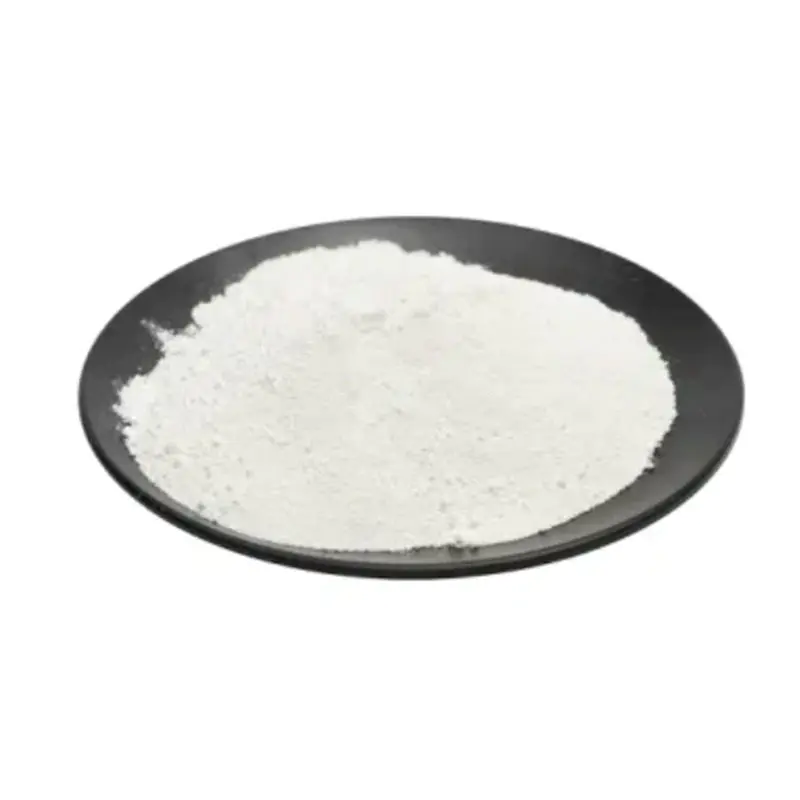 Pta powder pure terephthalic acid is a solid organic compound purified from terephthalic acid. Its chemical structure consists of a benzene ring and symmetrical carboxyl groups. This white crystalline substance is stable at room temperature and pressure and exhibits weak acidity. The carboxyl functional groups in its molecules readily react with polar substances, while the benzene ring structure is sensitive to oxidation.
Pta powder pure terephthalic acid is a solid organic compound purified from terephthalic acid. Its chemical structure consists of a benzene ring and symmetrical carboxyl groups. This white crystalline substance is stable at room temperature and pressure and exhibits weak acidity. The carboxyl functional groups in its molecules readily react with polar substances, while the benzene ring structure is sensitive to oxidation.
Pta powder pure terephthalic acid exhibits three key characteristics.
Its physical form is uniform micron-sized particles with active adsorption sites on its surface, making it susceptible to adsorption of gaseous components.
Its chemical properties exhibit weak ionization, with carboxyl hydrogen atoms capable of participating in proton exchange reactions.
Its thermodynamic behavior shows a tendency to sublime directly from the solid phase to the gas phase, a characteristic that increases significantly with increasing temperature.
In terms of application, Pta powder pure terephthalic acid is primarily used as a precursor for polyester synthesis. During polyester fiber production, the powder must be melted into a homogeneous system, where the purity of the material determines the polymer chain length. The manufacture of polyester packaging materials requires stable powder flowability, otherwise extrusion defects will occur. In industrial polymerization reactions, the moisture content of the powder directly affects the equilibrium constant of the esterification reaction.
How to control the storage environment temperature and humidity?
The temperature of the space where PTA powder pure terephthalic acid is stored should be maintained constant to prevent diurnal temperature fluctuations that trigger the migration of crystal water. Relative humidity must be controlled below the saturated vapor pressure, and a double-layer dehumidification system should be used to prevent water molecule penetration. Shelves should be positioned at a height above the floor to allow air circulation to remove localized moisture while avoiding contact with cold walls that could cause condensation.
How to prevent oxidative deterioration during long-term storage?
Inert gas should be filled in the storage container to displace oxygen. The gas purity must meet process protection levels. Regularly monitor the headspace gas composition, and initiate secondary replacement when the oxygen content exceeds a critical threshold. Light protection is achieved through darkening of the warehouse, and the UV blocking rate must meet photochemical degradation protection standards.







